The new regulations took some time to implement. Probably very few of the soldiers Napoleon led into Russia (and the even fewer he led out of Russia) wore the new habit-veste. By 1813 the changeover was nearly complete. French soldiers in Germany in 1813, France in 1814, and Spain in 1813-1814 would have almost all been wearing the new jacket. By Waterloo it was universal.
There are four fusiliers sets and one elite company set available for the period 1812-1815.
The Airfix fusiliers set is more correctly uniformed with short turnbacks and the 1812 model habit-veste, but the figures are so squat, so thickly modeled, and their accoutrements so exaggerated, that they look more like toys than serious scale models. They share the same drawback as the Italeri and Esci soldiers in that they all wear crossbelts. This was by now so rare in fusilier companies as to make the Airfix figures nearly useless.
A Call to Arms has released a set of eight poses: four scaled down from their excellent 54mm set and 4 that are new to me. Look for painted examples very soon.
HaT Industries French Young Guard wear greatcoats covering their jacket, and so can be used for fusiliers of this period without any qualms. See 1806-1811 First Empire for painted examples.
HaT has just released a set of French fusiliers. Now this must warm the blood of any HO scale modeler! The fusiliers were the most common type of infantryman, but they had not been available from any manufacturer in appropriate uniforms and equipment. HaT Industries' set depicts the fusiliers in campaign dress, with long trousers and shako covers. They are perfectly correct, and the best and most historically accurate set of French fusiliers in this scale.
HaT has also released a set of light infantry for 1812-1815, and the uniforms are identical to elite company infantry of the line. The HaT figures have fringed epaulettes, distinctive shako chevrons, and short shako plumes. They wear the long trousers common on campaign, but have left their shakos uncovered.
HaT Industries is by now the leader in model soldier lines. They have a wider line than anyone else, their quality is consistently excellent, the figures are meticulously historical, and the sculpting, which had been sketchy when the company first started, has now surpassed the Revell line.
 |
 |
 |
 |
|
|
|
 |
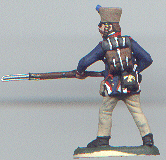 |
 |
 |
 |
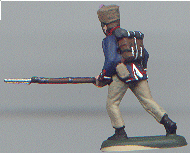 |
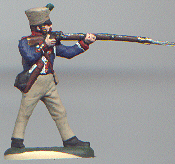 |
 |
 |
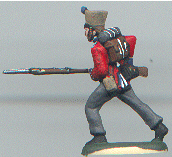 |
 |
 |
 |
 |
 |
 |
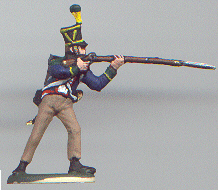 |
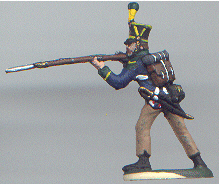 |
 |
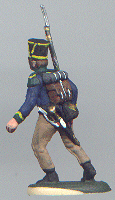 |
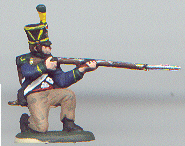 |
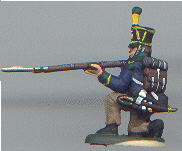 |
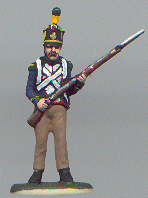 |
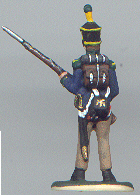 |
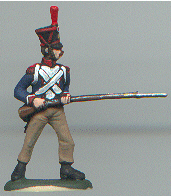 |
 |
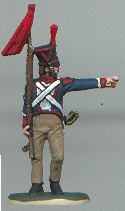 |
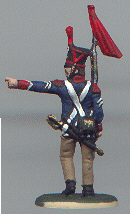 |
 |
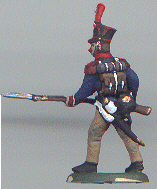 |
 |
 |
 |
 |
 |
 |
 |
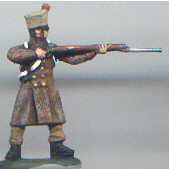 |
Haythornthwaite, Philip and Bryan Fosten. Men at Arms Series 141: Napoleon's Line Infantry. London; Osprey Publishing, Ltd., 1983.
Haythornthwaite, Philip and Michael Chappell. Uniforms of the Peninsular Wars: 1807-1814. Hong Kong; Arms and Armour Press, 1995.
Haythornthwaite, Philip and Michael Chappell. Uniforms of Napoleon's Russian Campaign. Hong Kong; Arms and Armour Press, 1995.
Haythornthwaite, Philip, Jack Cassin-Scott and Michael Chappell. Uniforms of Waterloo. Hong Kong; Arms and Armour Press, 1996.